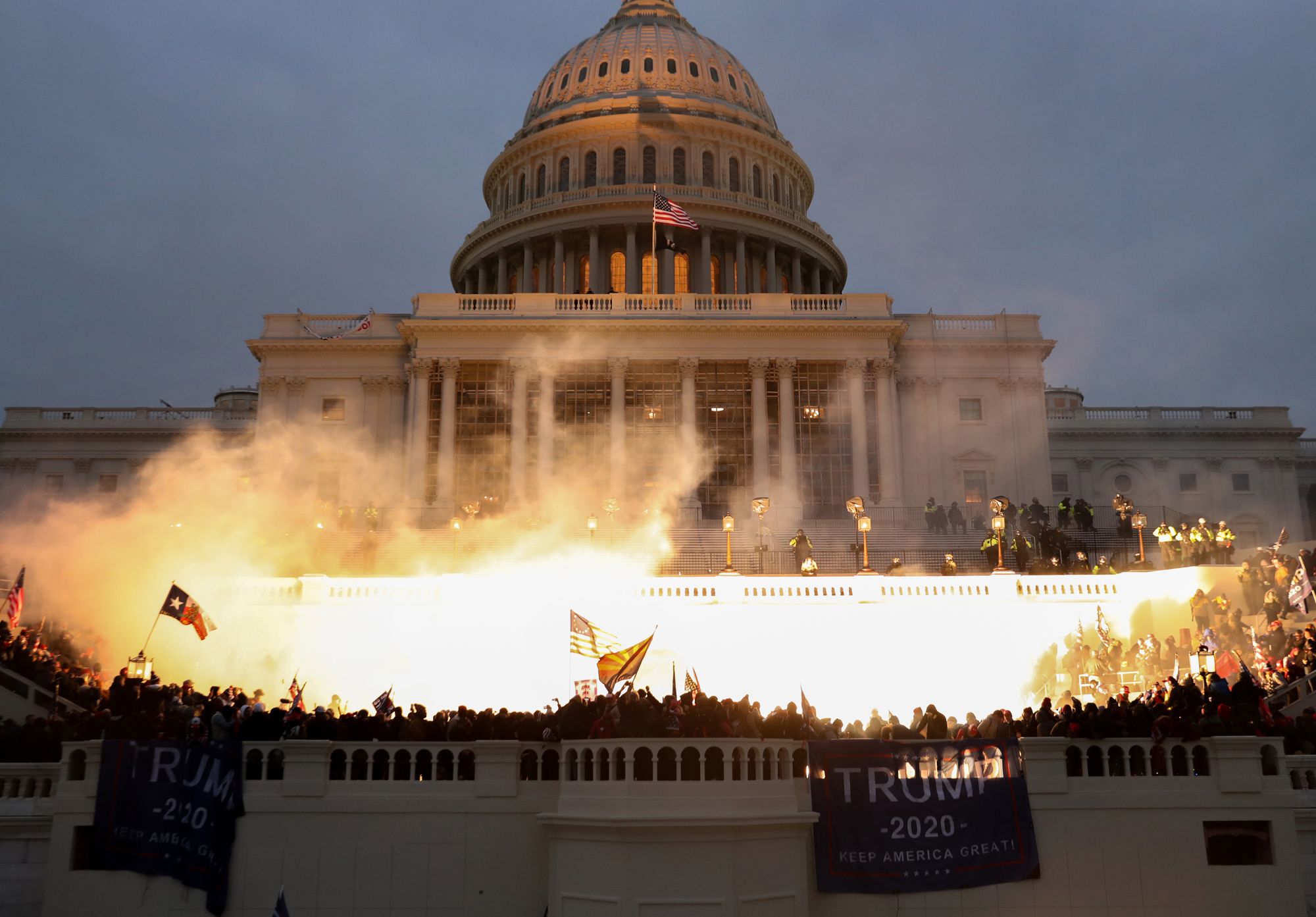“America in Crisis,” first opened in 1969 at the Riverside Museum in Manhattan. Conceived by Magnum Photos, it was a powerful exhibition meant to document the tumultuous US presidential election of the year before and assess the state of the nation. Featuring the work of 18 photographers, it was immortalized in a book which published the same year and showed a deeply fractured society.
“Our crisis today is the clash between the nation’s traditional vision of itself – the American Dream – and the hard, discordant realities it lives with,” wrote the book’s editors. The country was shaken by the then-recent assassinations of Martin Luther King Jr. and Robert Kennedy, which happened against the background of profound racial tensions, stark economic inequality and growing opposition to the Vietnam War. In the election of 1968, Republican Richard Nixon narrowly edged out Democrat Hubert Humphrey.
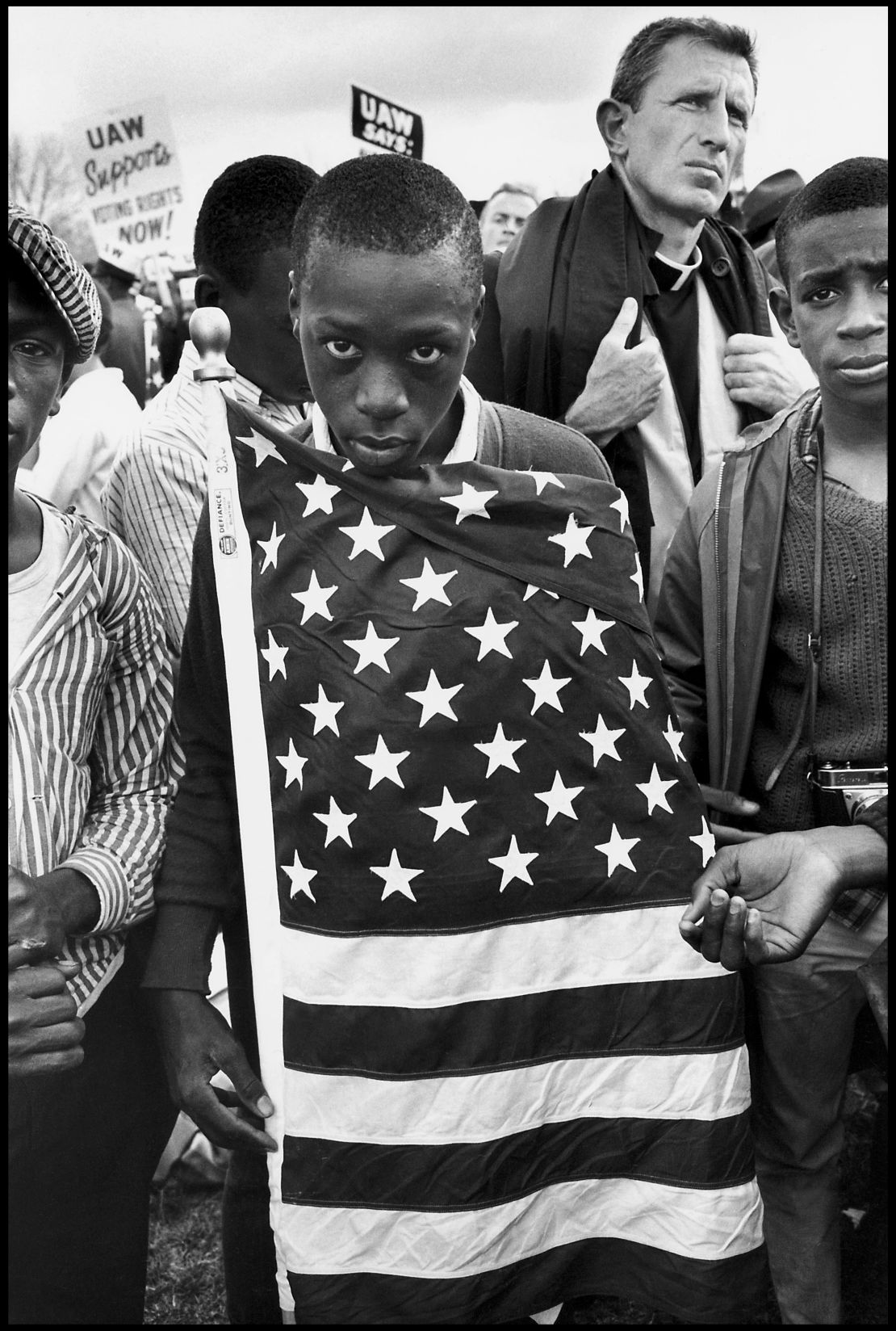
Fifty years on, America is facing an eerily similar social divide, and a new exhibition with the same name brings together historical photographs from the original 1969 project and recent works from the past two years, highlighting the similarities between the two eras.
“We set out to use the same conceptual framework that the original book was produced in,” said curator Sophie Wright, who worked at Magnum Photos for 17 years before leaving in 2020, “so the chapter headings, such as ‘The American dream,’ ‘The long roots of poverty’ and ‘A streak of violence’ are the headings of the contemporary exhibition as well.”
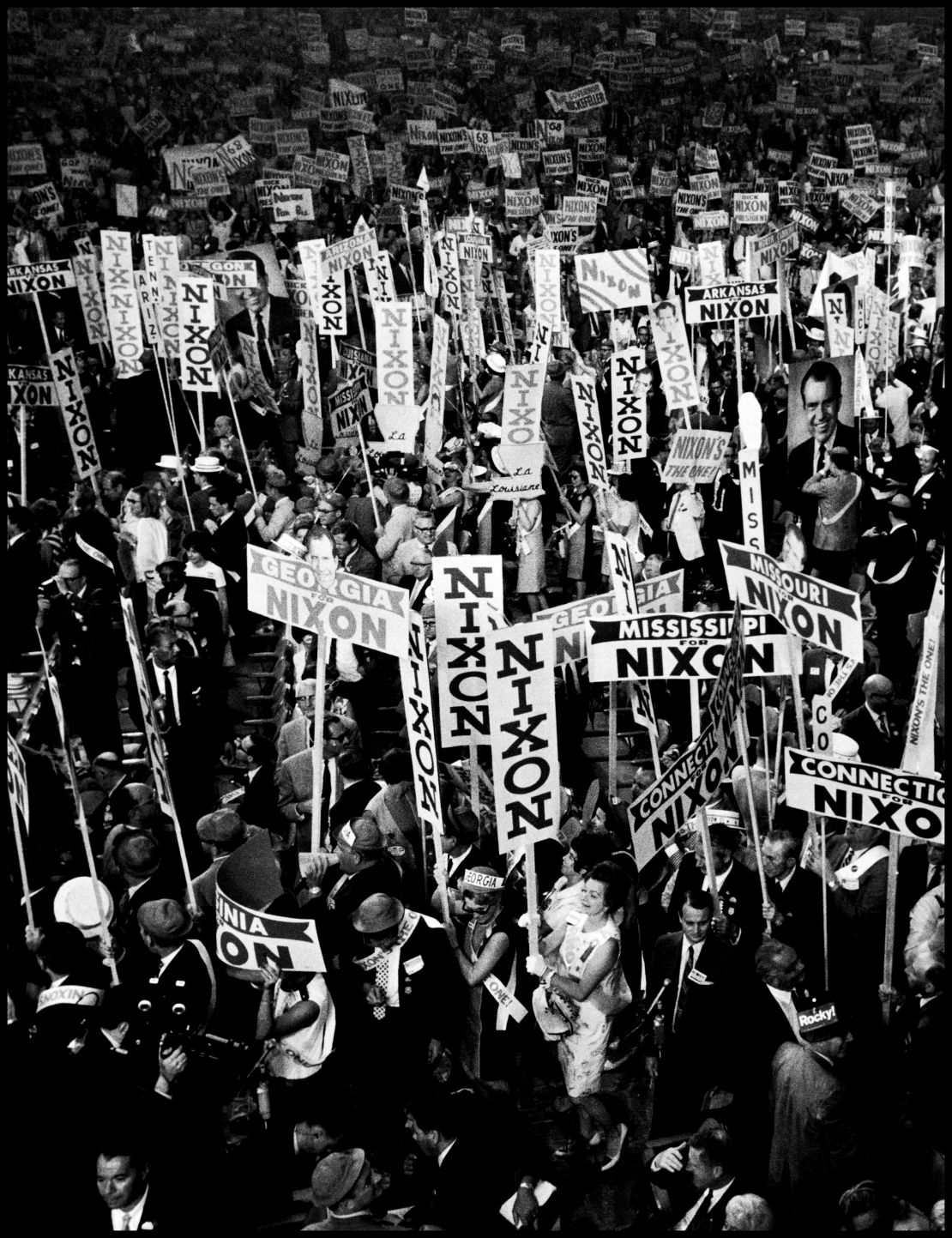
Organized by Saatchi Gallery in London, the exhibition is co-curated by Gregory Harris from Atlanta’s High Museum of Art and LA-based photographer and academic Tara Pixley. It includes 120 shots from 40 American photographers.
“There’s a very broad range. We have a gentleman who’s working as a photojournalist for local news (in St. Louis), Robert Cohen, right through to Leah Millis, a senior Reuters photographer. And then we have photographers working much more on the edge of documentary practice, in a more artistic vein, like Zora J. Murff, so there’s a lot of different strategies and approaches to photography within the contemporary selection,” Wright said.
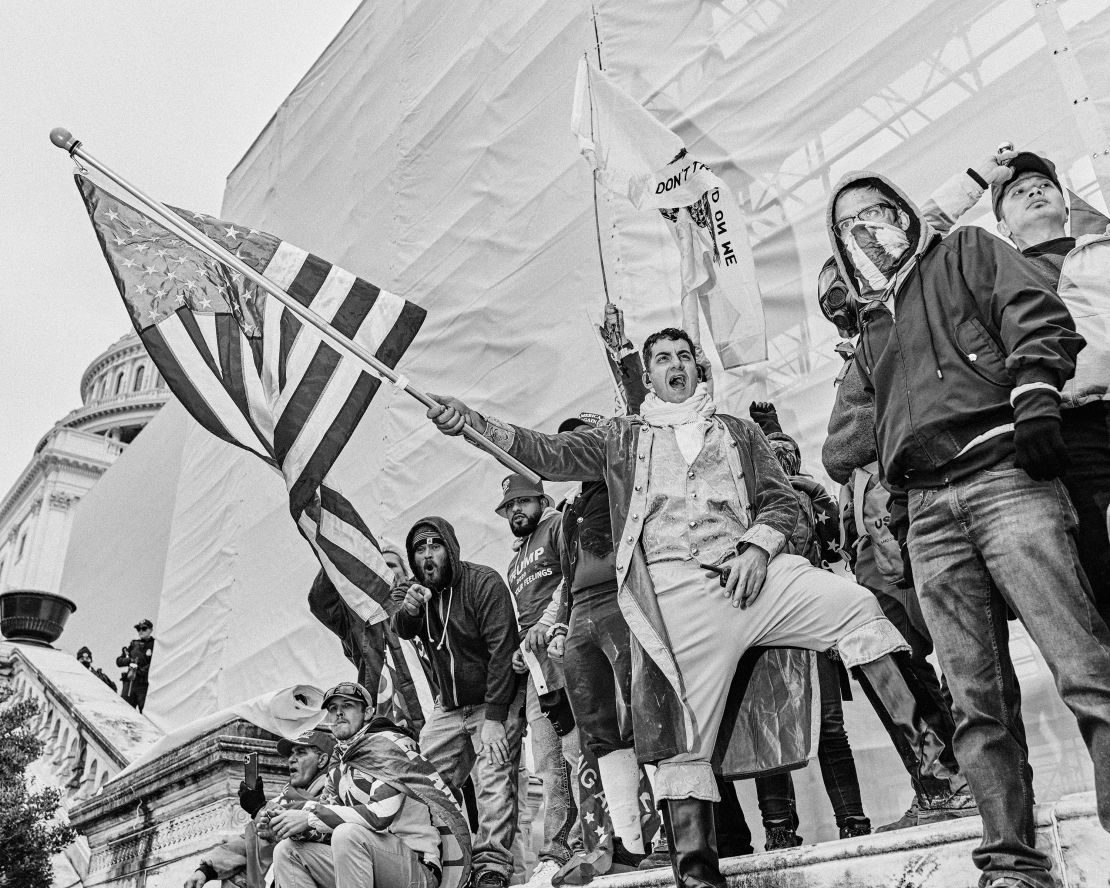
Juxtaposing these two eras also offers insight into how differently social issues have been documented through the lens of photography over time – and how those issues have evolved in the 50 years since the book’s release. One part of the exhibit where those differences are particularly apparent is based on a chapter titled “A streak of violence,” which in 1969 depicted events following the political assassinations of King and Kennedy.
“That’s a real sucker punch straight after ‘The American dream’ (chapter). And that’s because the audience of that time would have been very alive to what just happened in terms of those of those deaths,” Wright said. “In the contemporary iteration, it’s sadly a much broader issue – that of guns and gun culture within America. We also look at the heavy militarization of the police that’s particularly occurred after 9/11.”
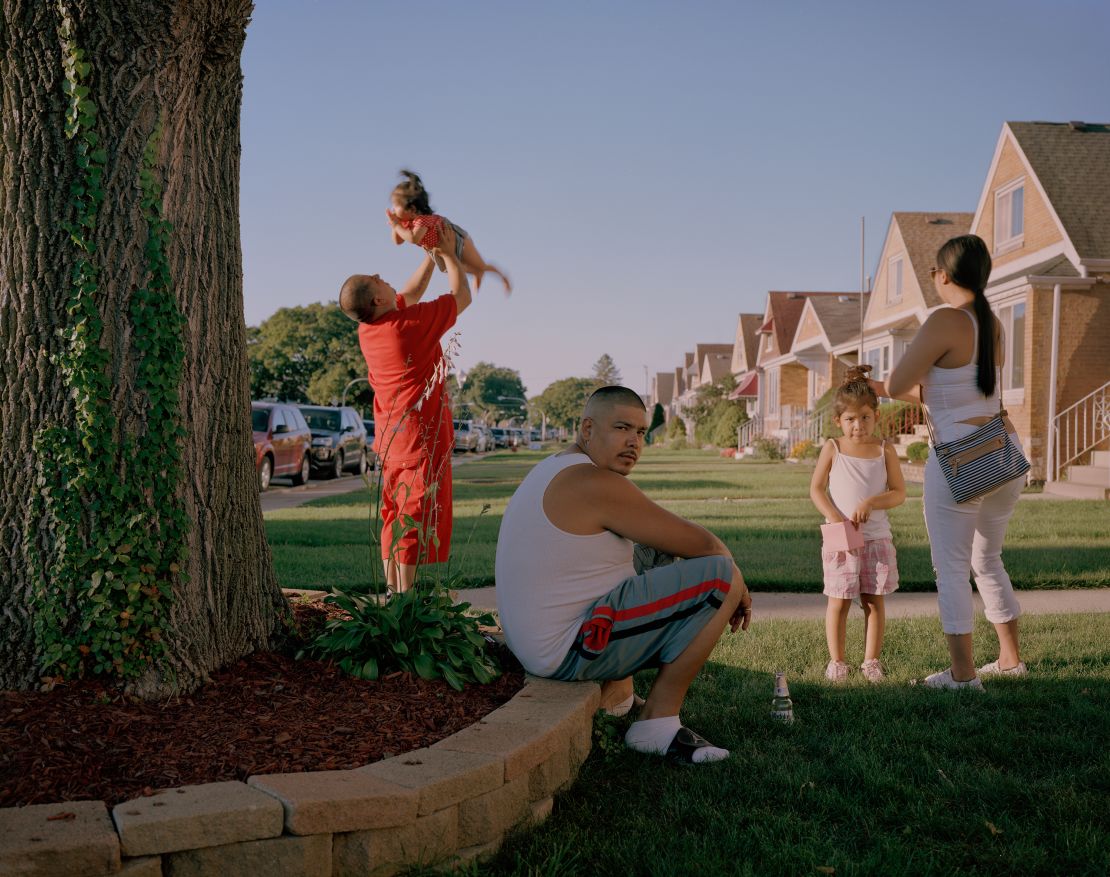
Another topic, however, that feels and looks very familiar even five decades later is the battle for equality. The exhibition includes images from the Selma to Montgomery, Alabama, marches of 1965— part of a series of demonstrations that led to federal laws guaranteeing voting rights for African Americans — as well as Black Lives Matters protests in the aftermath of George Floyd’s murder in 2020. “There’s very obvious imagery that speaks across time, particularly that of protests. The body language is the same, there are compositions that kind of look very similar across the timeline,” Wright said.
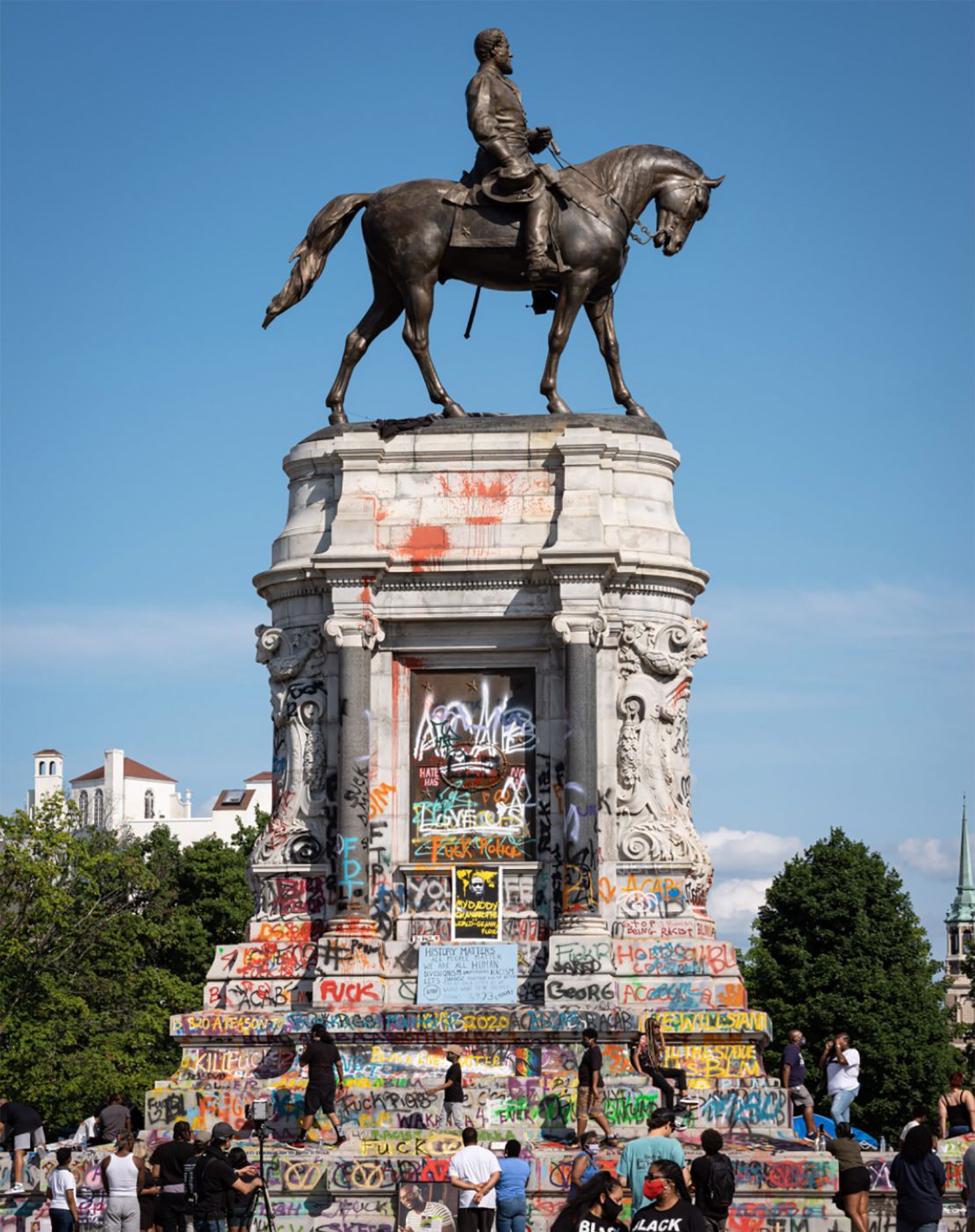
The exhibition also includes an interactive installation. A foot pedal sits at the base of a series of monolith screens, and by pressing it, images from the exhibition are displayed according to keywords such as “flag,” “crowd” and “police.” This is in contrast to a similar installation in the original exhibition which, instead, paired images together randomly.
“It speaks to the way in which we’re fed images now: The internet puts us into silos and we are presented with what we like. It’s to encourage people to think about what they’re looking at, and how they read those pictures. Photography is an incredibly slippery medium,” Wright explained.
“But I think the power of singular images, despite the noise that we’re all confronted with, is still absolutely there — as an antidote to that noise.”
“America in Crisis” is at London’s Saatchi Gallery from Jan. 21, 2022 until April 3, 2022
Top image: The US Capitol in Washington, D.C., on January 6, 2021.
